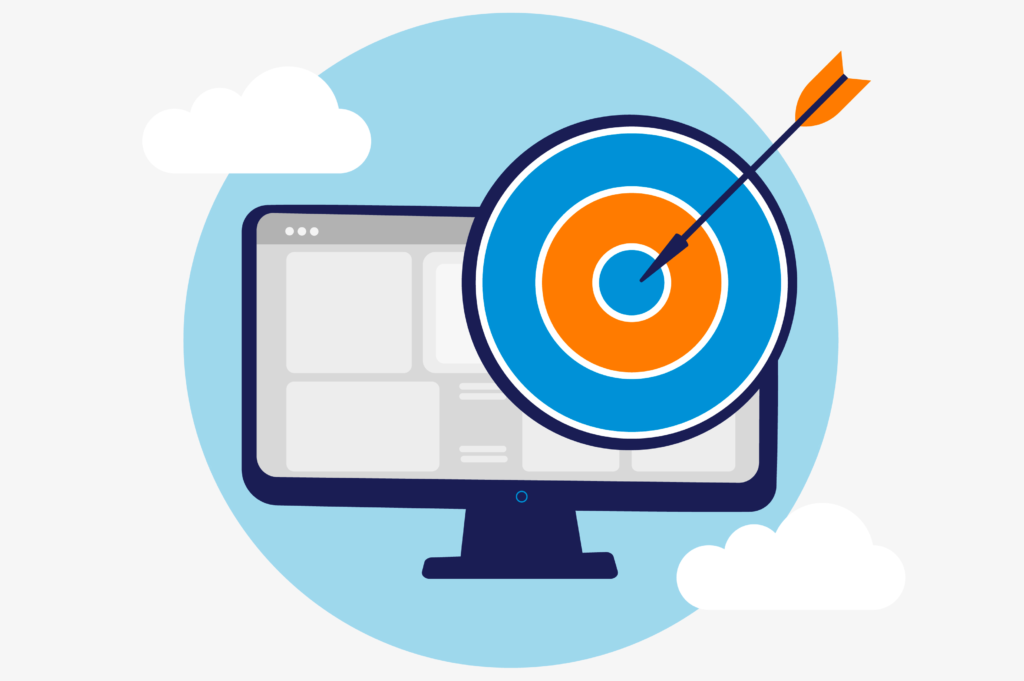Threat modelling is not just nice to have. It’s essential. As the frequency of cyber threats continues to rise, businesses must take proactive measures to safeguard their sensitive data and assets from cybercriminals. Data security threats can emerge from various sources, and today’s digitally advanced workplaces rely heavily on technology and data sharing. Hackers can exploit vulnerabilities in computers, smartphones, cloud applications, and network infrastructure, allowing them to infiltrate an alarming 93% of company networks.
One effective approach that organisations can adopt to combat these intrusions is threat modelling. Threat modelling is a cybersecurity process that involves identifying potential threats and vulnerabilities to an organisation’s assets and systems. By conducting threat modelling, businesses can prioritise their risk management and mitigation strategies to minimise the risk of costly cyber incidents.
Here are the recommended steps for businesses to perform a threat model:
The initial step involves identifying the assets that are most critical to the business, such as sensitive data, intellectual property, and financial information. It’s crucial to consider phishing-related assets, including company email accounts, as business email compromise attacks exploit compromised email logins.
Next, businesses should identify potential threats to the identified assets. These threats may include cyber-attacks like phishing, ransomware, malware, and social engineering. Physical breaches or insider threats, where employees or vendors have access to sensitive information, should also be considered. Additionally, businesses must be aware that human error contributes to approximately 88% of data breaches, so they should account for mistake-related threats, such as weak passwords, unclear cloud usage policies, lack of employee training, and inadequate BYOD (Bring Your Own Device) policies.
Once potential threats have been identified, the next step is to assess the likelihood and impact of each threat. Businesses need to evaluate the probability of each threat occurring and the potential consequences for their operations, reputation, and financial stability. Current cybersecurity statistics and a thorough vulnerability assessment should guide the assessment, preferably conducted by a trusted third-party IT service provider. Relying solely on internal input may lead to overlooking crucial aspects.
Following the assessment, businesses should prioritise risk management strategies based on the likelihood and impact of each potential threat. Given time and cost constraints, ranking solutions according to their impact on cybersecurity is essential. Common strategies to consider include implementing access controls, firewalls, intrusion detection systems, employee training and awareness programs, and endpoint device management. Moreover, businesses should consider the cost-effectiveness of the strategies and ensure they align with their overarching business goals.
Threat modelling is an ongoing process rather than a one-time activity since cyber threats continuously evolve. Businesses should regularly review and update their threat models to ensure the effectiveness of their security measures and alignment with their business objectives.

Incorporating threat modelling into a cybersecurity strategy offers several benefits for businesses:
Threat modelling enhances businesses’ understanding of specific threats and vulnerabilities that could impact their assets. It helps identify security gaps and unveils risk management strategies. Ongoing threat modelling aids in staying ahead of emerging threats as artificial intelligence regularly gives rise to new forms of cyber attacks.
By addressing risk management based on the likelihood and impact of threats, businesses can optimise their security investments and allocate resources efficiently, reducing costs.
Threat modelling ensures that security measures align with business objectives, minimising the potential disruption of security measures on business operations. It promotes the
harmonisation of security, goals, and operations.
By implementing targeted risk management strategies, businesses can effectively mitigate the likelihood and impact of cybersecurity incidents. This proactive approach protects assets and mitigates the adverse consequences of a security breach.
If you’re wondering how to initiate a threat modelling assessment, our experts are here to assist you in establishing a comprehensive threat modelling program. Contact us today to schedule a discussion and take a step towards enhanced cybersecurity.
You need the best IT support in London. Technology is complicated and expensive. It’s so hard to maintain everything and know what to do when something breaks or goes wrong. IT problems can put a damper on your day. They’re frustrating, time-consuming, and seem like a never-ending cycle of issues.
Penntech’s average NPS score over 90 days is 84. The average Net Promoter Score (NPS) for IT Managed Service Providers (MSPs) can vary. Still, an NPS of around 50 is considered excellent in this industry, with scores above 70 exceptional and rare.
We offer our services on a trial basis for the first three months because we’re confident in our delivery and approach.
Penntech offers a wide range of IT services, from strategic project management to 24/7 remote support, ensuring all your IT needs are always covered.
We provide advanced cybersecurity measures and expertise, including penetration testing services and Cyber Essentials, to protect clients from cyber threats.
We offer Clients the ability to scale IT services up or down based on their needs. This flexibility is crucial for businesses that experience seasonal changes or rapid growth.
Other providers often enforce their preferred IT stack, but we don’t, as IT is not a one-size-fits-all solution.
We ensure our Clients’ business continuity through robust disaster recovery and backup solutions.
With experience in various verticals and industries, Penntech understands different businesses’ unique IT challenges and can provide customised solutions..
Contact us today or explore the range of support packages on offer.


Business owners often have to wear many hats, from handling HR and marketing tasks to managing the finances. One task…

Cool Windows 11 Features That May Make You Love This OS
Microsoft released the Windows 11 operating system (OS) over a year ago. It was well-received mainly with reviews as stable…

6 Ways to Prevent Misconfiguration (the Main Cause of Cloud Breaches)
Misconfiguration of cloud solutions is often overlooked when companies plan cybersecurity strategies. Cloud apps are typically quick and easy to…

4 Proven Ways to Mitigate the Costs of a Data Breach
No business wants to suffer a data breach, but unfortunately, it’s difficult to avoid them in today’s environment. Approximately 83%…

The benefits of AI include advancing our technology, improving business operations, and much more. Adoption of AI has more than doubled…

Leading Password Managers for Personal and Business
We hope that your business is already considering a password manager system, but there’s still the matter of finding the…

What’s Changing in the Cybersecurity Insurance Market?
Cybersecurity insurance is still a pretty new concept for many SMBs. It was initially introduced in the 1990s to provide coverage for large enterprises. It covered things like data processing errors and online media.

What are the advantages of implementing Conditional Access?
It seems that nearly as long as passwords have been around, they’ve been a major source of security concern. Eighty-one…

Cybersecurity Steps to Secure Your Data
In today’s digital age, protecting your data is more critical than ever. Cyber threats are constantly evolving, and it’s crucial…

Cybersecurity: Navigating Emerging Threats and Opportunities
In today’s digital age, cybersecurity has become a critical concern for businesses and individuals alike. As technology continues to evolve,…

How Service Cloud Transforms Customer Experience
In today’s competitive business landscape, delivering exceptional customer experiences is paramount. Service Cloud, a powerful customer service platform, has revolutionised…

A Comprehensive Guide to Cybersecurity Audits for Businesses
In today’s digital age, cybersecurity is of utmost importance for businesses. Cybersecurity audits play a crucial role in protecting sensitive…

IT Service Management for Modern Businesses
In today’s digital age, IT Service Management (ITSM) has become a cornerstone for modern businesses. As companies increasingly rely on…

Essential Skills Every Cybersecurity Engineer Must Master
In the ever-evolving field of cybersecurity, engineers must arm themselves with a diverse array of skills to defend against the…

Cloud Servers Business Efficiency and Scalability
In today’s fast-paced business environment, companies continually seek ways to enhance efficiency and scalability. One of the most transformative technologies…

Cybersecurity Frameworks for Businesses
In today’s digital landscape, businesses face an ever-evolving threat to their security. From data breaches to cyberattacks, the stakes have…

Navigating the Realm of Cybersecurity Attacks
In the ever-evolving landscape of technological advancements, the digital realm holds both promise and peril. As businesses and individuals harness…